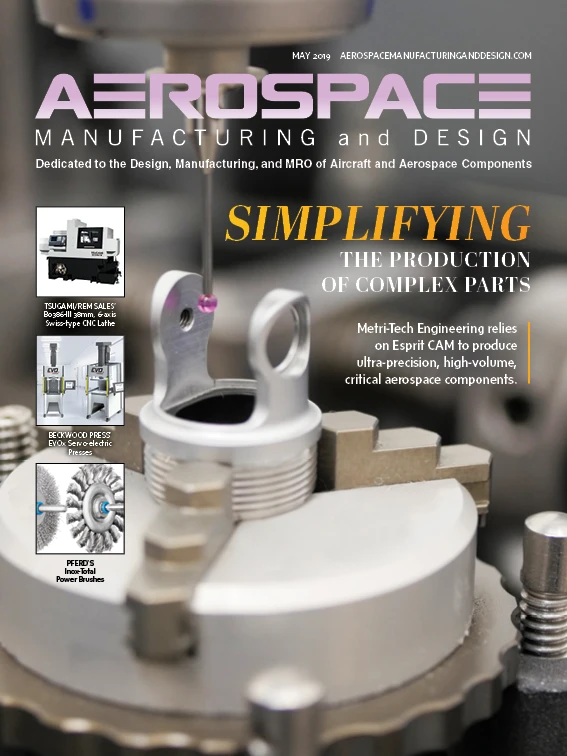
Dust collectors capture, convey, and collect dust for various manufacturing and industrial processes. Whether involving wood, plastic, metal, or chemical dust particles, collectors improve safety by reducing fire, explosion, and dust inhalation hazards.
Mechanical engineers (MEs) tasked with designing or acquiring systems, however, are often unfamiliar with some of the technicalities of dust collection safety code compliance, since dust collection systems account for just a tiny fraction of their work.
When MEs have questions regarding dust collection on topics ranging from airflow to meeting National Fire Prevention Association (NFPA) and International Mechanical Code (IMC) conventions, guidance from an industry expert can achieve compliance, safe performance, and better indoor air quality.
Design challenges
Dust collection depends on factors such as the dust sources, air filtration, and facility usage so heating, ventilation, and air conditioning (HVAC) systems often must be customized and not based on previous design plans.
NFPA member Peter Levitt outlines five main components of a dust collection system:
- Hood to confine dust at its source
- Duct system to convey dust
- Fan to provide hood suction, maintain transport velocity in ducts
- Collector to separate dust from air stream
- Device to store collected dust
“When dealing with dust collection, MEs often have questions about duct sizing and how much air to allocate for suction at the hood and at each machine,” Levitt says. “They may not know what the velocity should be in the ducts, and often do not know what the code specifies for the dust collection system.”
Levitt notes that a properly designed and maintained dust collection system will dramatically enhance shop safety – reducing the risk of dust explosion and fire and minimizing dust inhalation while improving indoor air quality.
“MEs are often not aware of the incompatibility of some machines, materials, and processes for a dust collection system,” Levitt says.
A common mistake, he adds, comes when shops “have a grinding wheel to sharpen tools. You cannot have common suction at the grinder because any sparks produced could ignite flammable dust and trigger a fire or explosion. The grinder cannot be part of the dust collection system.”
He adds that for a similar reason, polyvinyl chloride (PVC) ducts should not be used with a dust collection system. Static electricity caused by dust conveyed in the duct can also cause an explosion.
Best practices
For dust control best practices, Levitt, who is also a product manager at Union, New Jersey-based Sternvent Inc., conducts lunch-and-learn presentations at engineering firms.
In the presentations, Levitt covers topics such as determining the location of the dust collector, explosion venting, spark detection/suppression, and NFPA recommended exhaust requirements. He also surveys the range of dust collection system equipment choices from indoor, enclosure-less, positive pressure to outdoor shaker and pulse-jet types.
One aspect of dust collection that needs more attention is ductwork design, according to Levitt. “For good airflow, good ductwork is essential. Even with a powerful dust collector, if the duct work is not designed properly, you will have so much airflow resistance you won’t have enough airflow or suction.”
Another aspect that he says often needs consideration is whether the dust collector is located indoors or outdoors and how that affects filtered air.
“Typically, the dust collector is located outdoors for fire safety,” Levitt says. “However, in regard to filtered air, if you don’t return it properly, then in winter you will have a hard time heating the building. The result is like having a fan exhausting the warm indoor air outside.”
While many factors should be examined in designing a safe and effective dust collection system, it is also important to not over-specify it.
“If a dust collector is over-sized, it will not only cost more than required, but also create excessive noise due to high velocity airflow in the ducts,” Levitt concludes. “Knowing your options up front by collaborating with an expert can help MEs deliver the best equipment for the situation at the best price.”

Explore the May 2019 Issue
Check out more from this issue and find your next story to read.
Latest from Aerospace Manufacturing and Design
- Revitalizing the Defense Maritime Industrial Base with Blue Forge Alliance
- Safran Defense & Space opens US defense HQ
- Two miniature absolute encoders join US Digital’s lineup
- Lockheed Martin completes Orion for Artemis II
- Cylinder CMMs for complex symmetrical workpieces
- University of Oklahoma research fuels UAS development
- Motorized vision measuring system
- Everyone's talking tariffs







